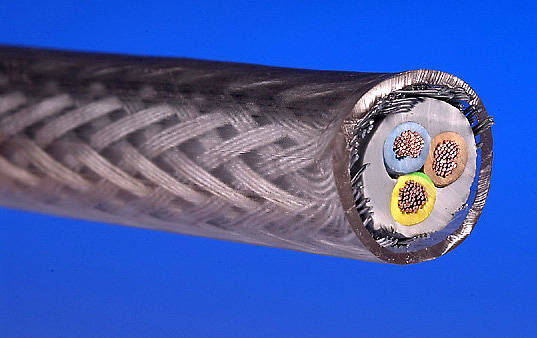521.9.3 A flexible cable or flexible cord shall be used for fixed wiring only where the relevant provisions of the Regulations are met.
One such example being that the minimum size should be 0.75mm2.
Eric, it doesn't matter if flex is only rated at 60 degrees C as long as it's selected according to its current carrying capacity.
And ColJacks explanation of why SY cable is excluded from those that are acceptable for burial at a depth of less than 50mm without RCD protection is blindingly obvious.
One such example being that the minimum size should be 0.75mm2.
Eric, it doesn't matter if flex is only rated at 60 degrees C as long as it's selected according to its current carrying capacity.
And ColJacks explanation of why SY cable is excluded from those that are acceptable for burial at a depth of less than 50mm without RCD protection is blindingly obvious.


